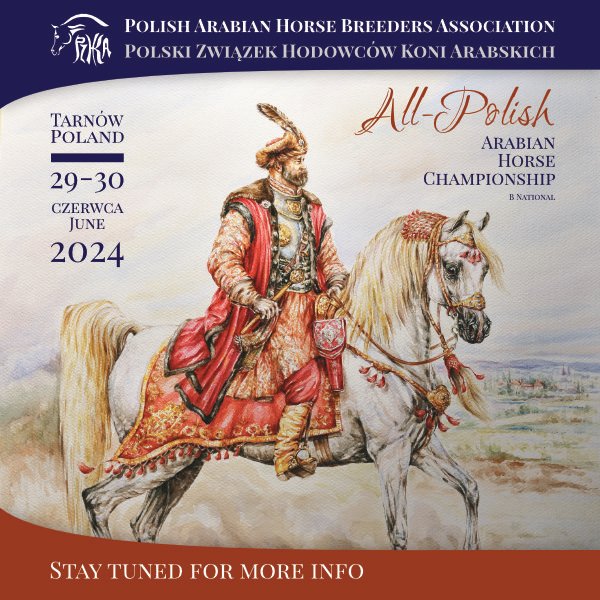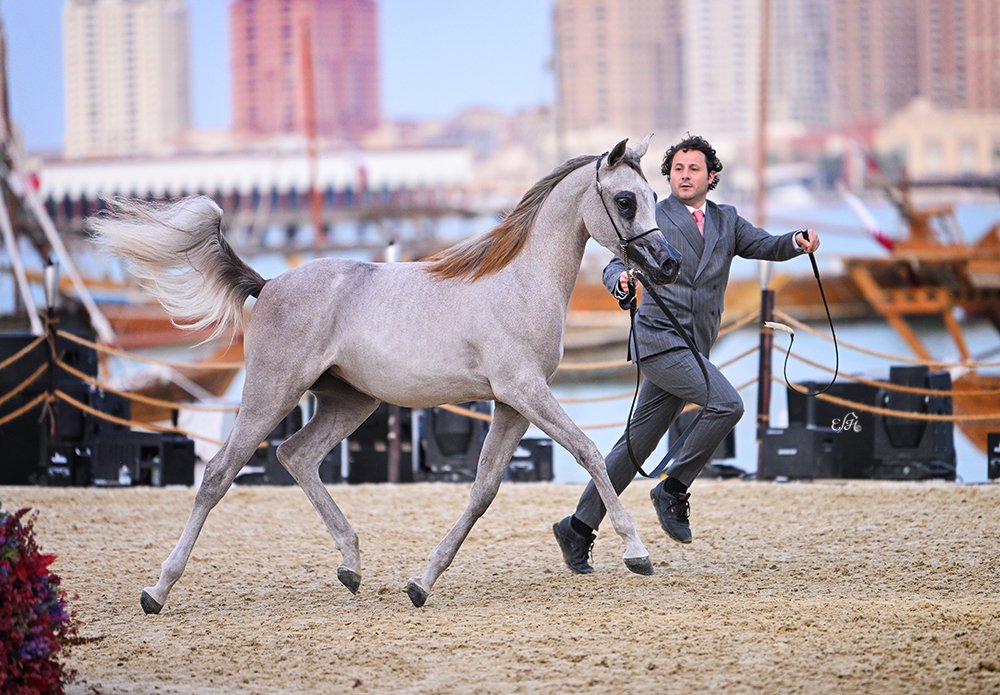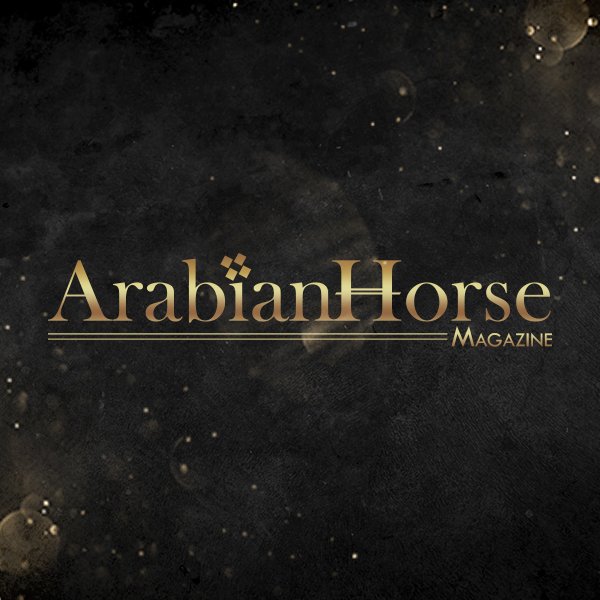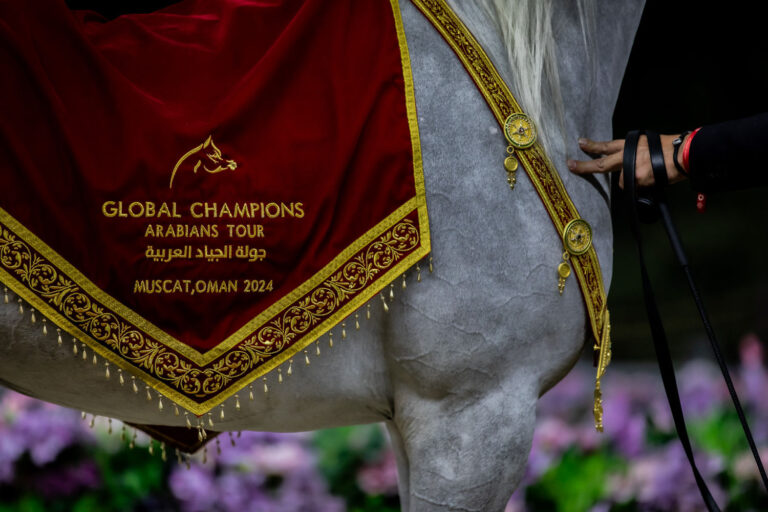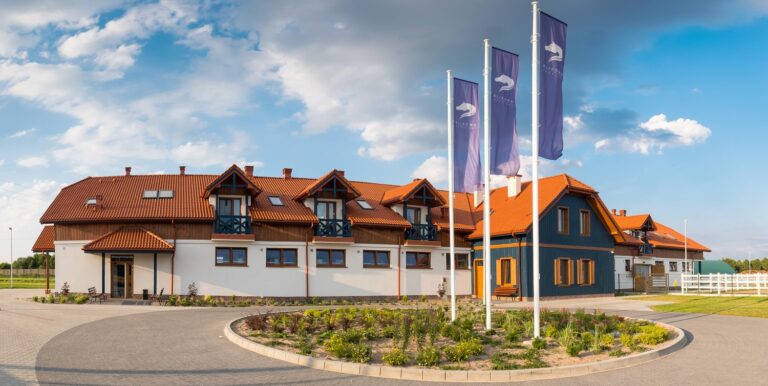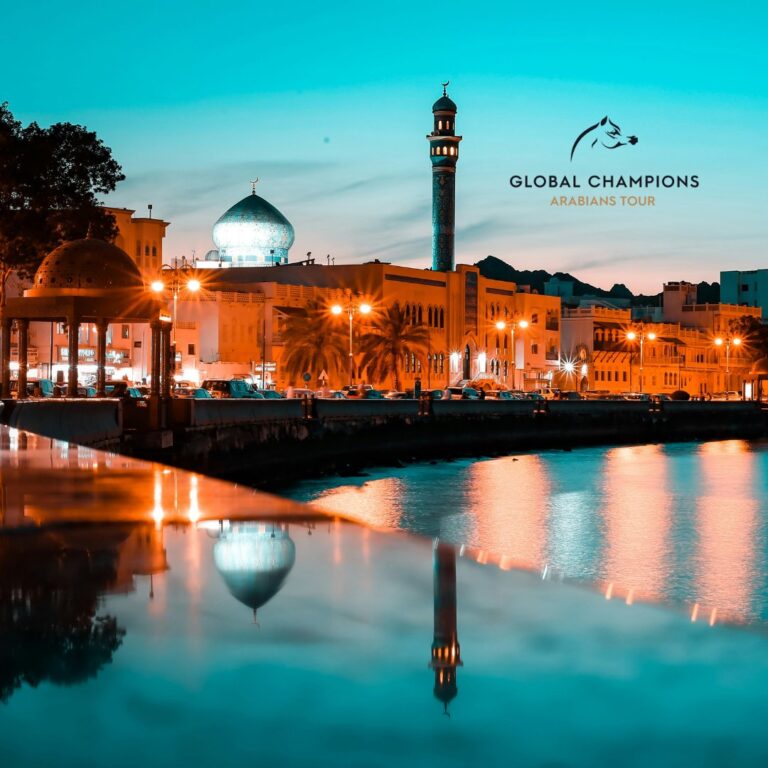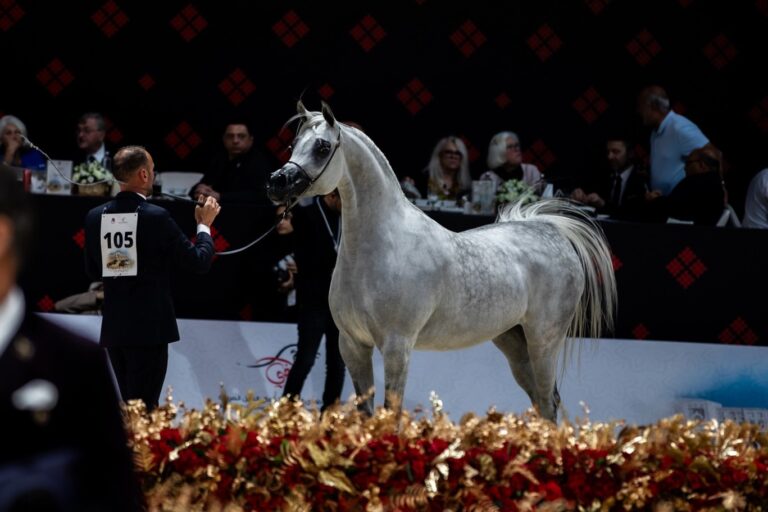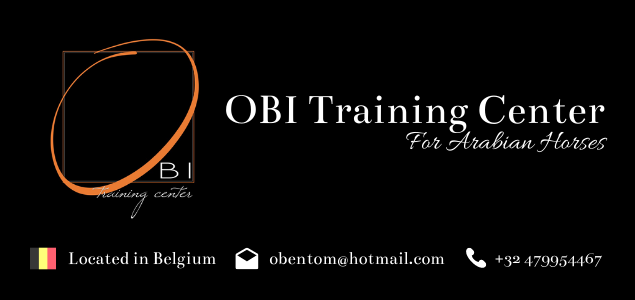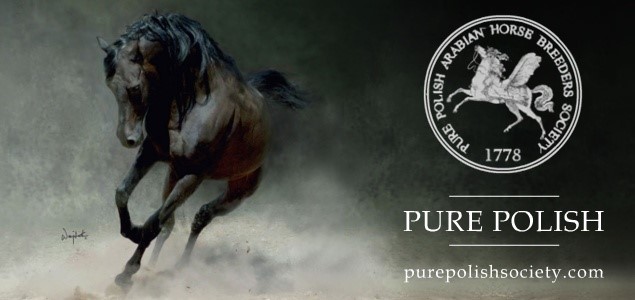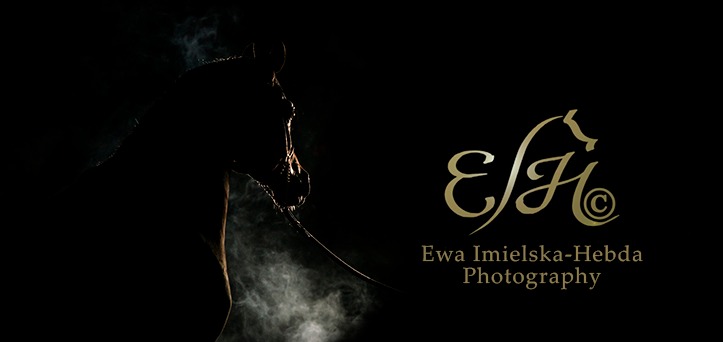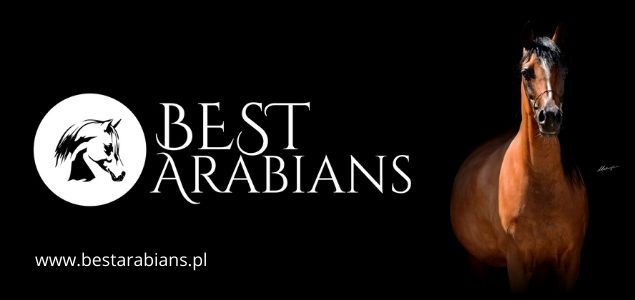This year’s Katara International Arabian Horse Festival began with a “specific origin” show for Straight Egyptian horses. This year’s second edition of this competition brought together 160 horses, mainly from Qatar, Kuwait and the United Arab Emirates. If you treat this rivalry as an overture to the titular show, it was at a very high level.
The very formula and rank of the “specific origin” show, according to ECAHO, encloses it within a specific population distinguished among purebred Arabian horses, such as Straight Egyptian, Pure Spanish, Straight Russian and finally Pure Polish. Observation of these competitions was all the more interesting as this year, for the first time, a “specific origin” competition for Pure Polish horses will take place in our country, during the Junior Show in Białka. For this reason, it is worth following the rules, as well as the purpose of such a competition. In the case of the Arabian Peninsula Horse Show, the specific origin show is open to Straight Egyptian horses registered and recognized in the WAHO stud books, but only those from Egyptian pedigree lines admitted by The Pyramid Society Stud Book for Straight Egyptian horses, issued in 2016. This means that a certain part of the purebred Arabian horse population, in order to maintain its distinctiveness, is bred according to the rules set by The Pyramid Society.
Straight Egyptian horses, apart from their native country, initially gained popularity in the USA, where in 1969 a group of breeders founded the aforementioned The Pyramid Society. Over time, this idea has spread to other countries, and in recent years it has become very popular in the Middle East, where it has many supporters. The show in Qatar gathered almost 160 high-quality horses, which proves that the popularity of this breeding direction is high. The generous financial prizes that the organizer provided, along with the extremely beautiful trophies of honor, attracted many smaller, local breeders of Straight Egyptian horses. This gave the effect of exciting competition both in classes and in the championships.
Straight Egyptian horses are little known in Poland, but very popular in Arab countries, in Europe, practically single pure Egyptian horse breedings survived only in Germany, Belgium and Italy. In the case of Arab countries, it is in the pedigrees of horses from Egypt and the countries of the Persian Gulf that breeders seek their own roots. Although until recently these horses differed quite strongly in type and conformation from the show Arabians, it is clear that a change is taking place in this case as well. What has been an undoubted advantage of pure Egyptian horses for many generations is a beautiful, shapely head with an almost exotic drawing. Breeders are able to forgive their horses both shortcomings of conformation, as well as not very impressive movement for this captivating, truly exotic beauty.
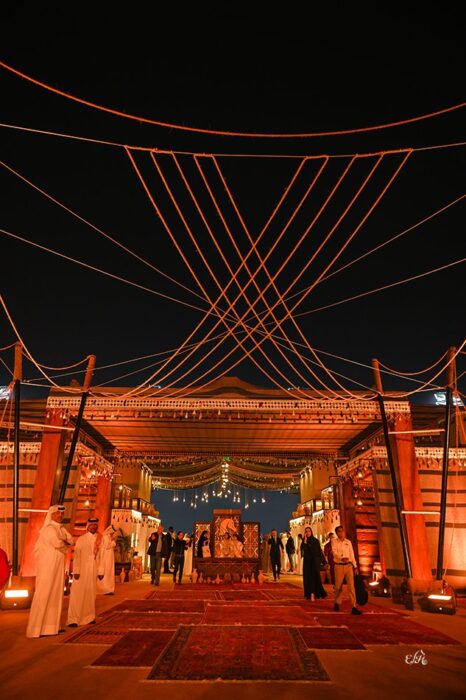
Analyzing the pedigrees, most of the horses come from the Saklavi I sire line, widely spread by the sons of Nazeer 1934 by Mansour bred by El Zahraa (EGP), who in various configurations fill the pedigrees of pure Egyptian horses. Therefore, the idea of holding a show for such a population in the “specific origin” regulations is probably right, because it helps to maintain the type of horse desired by breeders, different from horses appearing at open shows. Comments on the type of Arabian horse, different from the one considered desirable and popular in Poland, are overshadowed by the spectacular view of 15 milky grey mares and stallions presented in the senior horse classes. The fact is that the young Straight Egyptian horses are not as handsome as the older ones. In the case of typical show Arabians with modern pedigrees, often a yearling is a miniature of an adult specimen. In the case of pure Egyptian horses, stallions and broodmares are indeed the essence of the breed and are excellent in their type, despite their faults in conformation. In recent years, there are more and more Straight Egyptian stallions that successfully compete in open shows. Such is undoubtedly Naseem Al Rashediah, b. 2014, by Al Adeed Al Shaqab, silver medalist from Menton in 2021, who has become a popular sire in the Middle East and produced a lot of interesting young horses, presented at the Peninsula Arabian Horse Show.
Among the senior stallions, D Memzer, born 2019 by Asfoor Al Waab, stood out. He will be stationed at the Capecci Arabian Training Center in Italy this year, but will not be available to the public. The aforementioned D Memzer won his class with a high score of 93.31 points, and then won the Gold Medal of Senior Stallions in the final championship. The bred at Dudai Stud D Memzer presents a modern type of show horse, maybe a bit tall, but very harmoniously built, with a beautiful shapely head and a correct neck with a beautiful arch, and with an excellent topline, so rare in Egyptian horses. During the presentation in class D Memzer showed an excellent trot, but in the championships he was not so fresh. Despite this, he was undoubtedly the best stallion of the show, rightfully awarded a gold medal (this trophy brought his owner a prize of approx. 63,000 Euro).
In the junior stallion finals the gold medal was awarded to the three-year-old Ghazal Al Waab (Nasser Al Rayyan – Ghazalah Al Waab), owned by the recently established but very dynamically developing Doha Stud, owned by Sh. Thani bin Hamad Al Thani, managed by Glenn Jacobs. The gold in the youngest (yearling) stallions category was won by Maleeh Al Nasser, who, like the gold medalist in the higher age category, is also the son of Nasser Al Rayyan. The breeder and owner of the colt is Al Nasser Stud. This stud, small in terms of the number of horses, owned by Sh. Nawafa bin Nasser Al Thani is known for its great show achievements in the Middle East as well as at the most important shows in Europe. Working with a small number of mares, they manage to breed good and very good show horses every year, not only Egyptian ones.
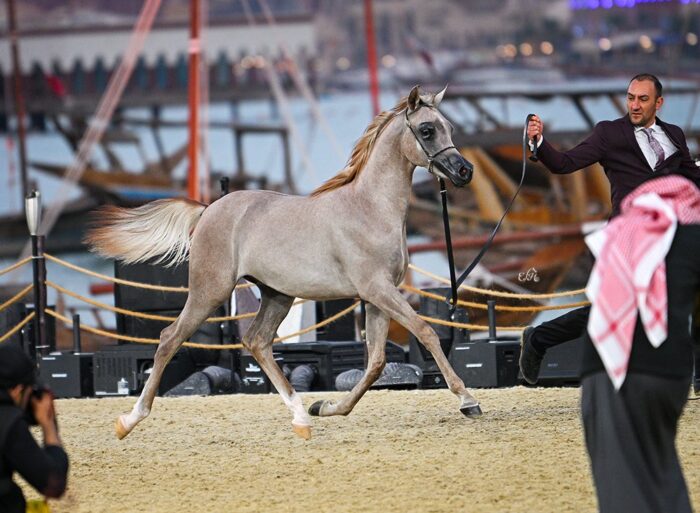
In the senior mare classes, the level was extremely even, and practically every participant could win a medal in the championship. This year the title (and the prize of 250,000 Qatari riyals, i.e. approx. EUR 63,000) went to the snow-white mare Maisa Al Nasser, born in 2010, by Sinan Al Rayyan. Among the junior mares, the judges decided that Alaalia Al Waab (Nasser Al Rayyan – Salma Al Waab), owned by Doha Stud, was the best. She won the three-year-old fillies class the day before with a score of 93.06.
The yearling fillies category was won by the class winner (section A) – Zaina Al Wajba (Egaab Al Rayyan – Zahra Al Rayyan). As many as five out of eighteen medals in the finals of the pure Egyptian horse show were awarded to the progeny of Nasser Al Rayyan, three of them were won by the progeny of Nasser Al Rayyan, three by the progeny of Naseem Al Rashediah and two by the progeny of Asfoor Al Waab.
In the introduction to the catalogue, the organizers wrote how important it is for Qatar to maintain and cherish the tradition of horse breeding, which is part of the cultural heritage of their country. Therefore, the organization of the large-scale event called the Katara International Arabian Horse Festival, which included the Peninsula Arabian Horse Show, is supported by the government, generously and jointly with the sponsors who finance it.
While waiting for the title show, during the one-day break, numerous presentations are held at local studs, and on February 6th, an auction of horses, breedings and embryos is organized. Therefore, before the expected Katara show begins, the hosts have a great opportunity to present the achievements of their breeding, as well as their own culture and traditions to the guests, numerous from all over the world.
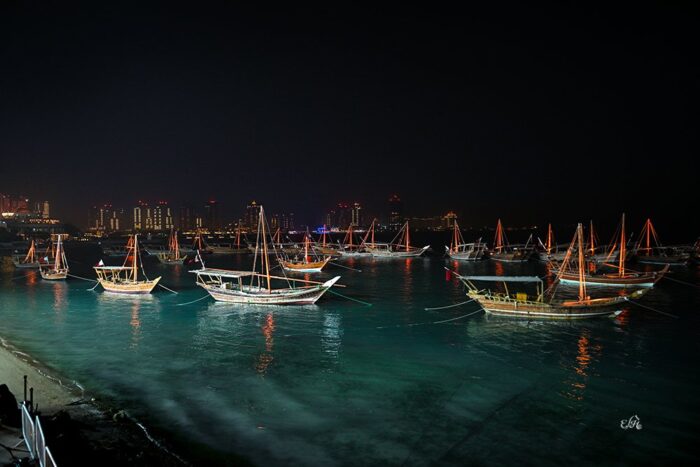
Financial prizes as listed below:
Yearling championships fillies / colts:
Gold Medal: 19.000 Euro
Silver Medal: 11.500 Euro
Bronze Medal: 7.500 Euro
Junior Championships:
Gold Medal: 35.000 Euro
Silver Medal: 19.000 Euro
Bronze Medal: 11.500 Euro
Senior Championships:
Gold Medal: 63.000 Euro + MG Cars car for the gold medalist in the senior mares and stallions category
Silver Medal: 38.000 Euro
Bronze Medal: 19.000 Euro


